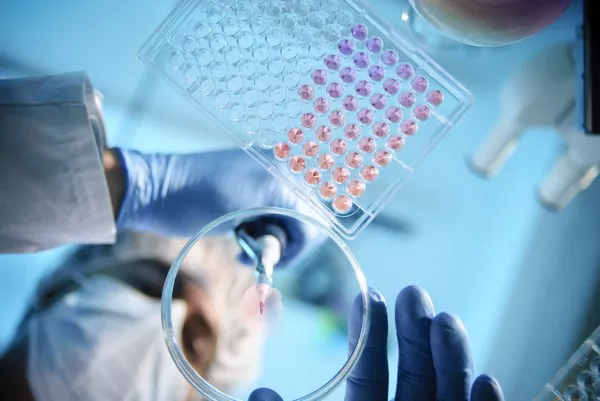Clear & Concise Explanation of Incubation Period:
Shingles, caused by the varicella-zoster virus (VZV), can be a painful and uncomfortable condition. Understanding its incubation period—the time between exposure to the virus and the onset of symptoms—is crucial for identifying and managing the disease. Typically, the incubation period for shingles ranges from 14 to 21 days, though it can vary from person to person. This period is characterized by the virus silently multiplying in the body before symptoms emerge.
Factors Affecting Incubation:
Several factors can influence the duration of the incubation period:
Strength of the Immune System: A robust immune system can effectively combat the varicella-zoster virus, potentially shortening the incubation period. Conversely, individuals with weakened immune systems, such as those with HIV/AIDS or undergoing immunosuppressive treatments, may experience a longer incubation period.
Age: Age plays a significant role in the incubation period of shingles. Older adults, particularly those over 50, tend to have a longer incubation period compared to younger individuals. This could be attributed to age-related declines in immune function.
Symptoms of Shingles:
Recognizing the symptoms of shingles is vital for prompt diagnosis and treatment. Common symptoms include:
Pain: Shingles often begins with a tingling or burning sensation, followed by localized pain, which can be intense and persistent.
Rash: A characteristic rash typically appears after a few days, consisting of fluid-filled blisters that develop into sores before crusting over.
Blisters: The rash is accompanied by clusters of fluid-filled blisters, which may break open and ooze.
Itching: The affected area may become itchy as the rash progresses.
Sensitivity: Some individuals may experience heightened sensitivity to touch or temperature changes in the affected area.
It’s essential to seek medical attention if you experience any of these symptoms, especially if you suspect you have shingles. Early diagnosis and treatment can help alleviate discomfort and prevent complications.
Prevention & Treatment:
Fortunately, there are measures available to prevent and manage shingles:
Shingles Vaccine: The shingles vaccine is highly effective in reducing the risk of developing shingles and its complications. It is recommended for individuals aged 50 and older, even if they have previously had shingles.
Antiviral Medications: If diagnosed early, antiviral medications such as acyclovir, valacyclovir, or famciclovir can help shorten the duration and severity of shingles. These medications work best when started within 72 hours of the rash appearing.
Pain Management: Over-the-counter pain relievers, as well as prescription medications, may be prescribed to manage the pain associated with shingles.
Topical Treatments: Calamine lotion or colloidal oatmeal baths can soothe itching and discomfort associated with the rash.
Conclusion:
It’s important to note that the information provided here is for informational purposes only and should not be construed as medical advice. If you suspect you have shingles or are experiencing symptoms, consult a healthcare professional for proper diagnosis and treatment. Additionally, individuals should consult their healthcare provider before making any decisions regarding vaccination or treatment.
FAQs
How soon can you catch shingles from someone?
Shingles is caused by the reactivation of the varicella-zoster virus, which causes chickenpox. You can’t catch shingles from someone else, but if you haven’t had chickenpox or the vaccine, you can catch chickenpox from someone with shingles.
What are the first signs of shingles?
The first signs of shingles typically include pain, burning, tingling, or itching in a specific area of the skin. This is often followed by a rash that develops into fluid-filled blisters. The rash usually appears on one side of the body or face and can be accompanied by fever, headache, and fatigue.
What does stage 1 of shingles look like?
Stage 1 of shingles, known as the prodromal stage, is characterized by pain or discomfort in a specific area of the body, often before any rash appears. This pain can be intense and may be accompanied by itching, tingling, or burning sensations.
Related topics:
- Symptoms of High Insulin Levels: What You Need to Know
- Dynamics of Stomach Bugs: Symptoms, Contagion & Recovery
- Insulin Resistance How to Diagnose?


